Energy output is commonly talked about in terms of megawatt-hours. We have previously talked about what a megawatt-hour is, but today we want to dive into the practical part: what can you do with one?
What can you do with a megawatt-hour of electricity?
In short, one megawatt hour can…
- Power the average American home for 1.2 months
- Drive an electric vehicle 3,600 miles
- Power two 60-watt lightbulbs non-stop for a year
- Smelt 137 pounds of aluminum
- Toast 89,000 slices of bread
- Run an average home pool pump for 5 months
- Run two modern refrigerators for a year
What can you do with a kilowatt hour of electricity?
Here is the same list for those of you that prefer measuring things in kilowatt hours. For a single kWh of electricity, you can…
- Power the average American home for 50 minutes
- Drive an electric car for 3.6 miles
- Power two 60-watt lightbulbs non-stop for 8.3 hours
- Smelt 2.2 ounces of aluminum
- Toast 89 slices of bread
- Run an average home pool pump for 2.8 hours
- Run a modern refrigerator for 20 hours
So, the next logical question is: how do you create a MWh of electricity? Check out our accompanying article, How much fossil fuel and renewables are needed to generate a megawatt hour of electricity?
GET MONTHLY NEWS & ANALYSIS
Unsubscribe anytime. We will never sell your email or spam you.
Sources
You can see all the sources and the math behind them here. But here are some of the most interesting:
- Wikipedia on the Tesla Model 3 and the Nissan Leaf
- US Energy Information Administration: How much electricity does an American home use?
- The EnergyStar product finder with electricity usage for every device in your life

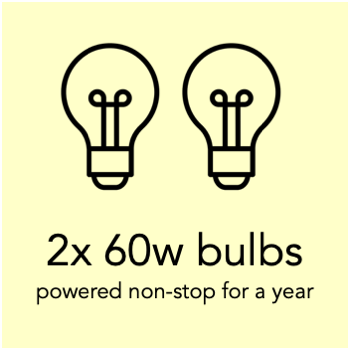
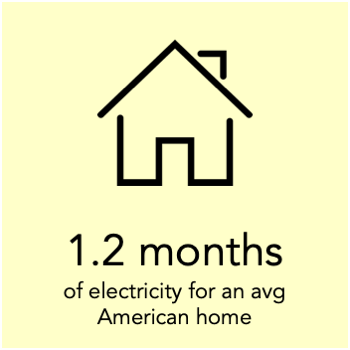
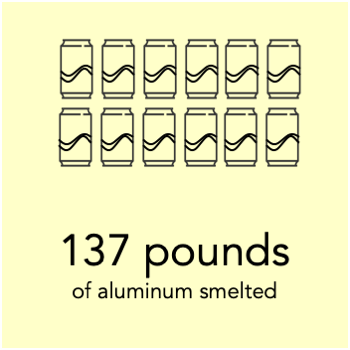
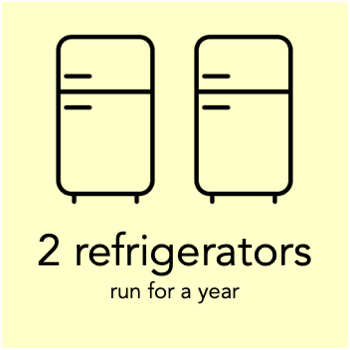
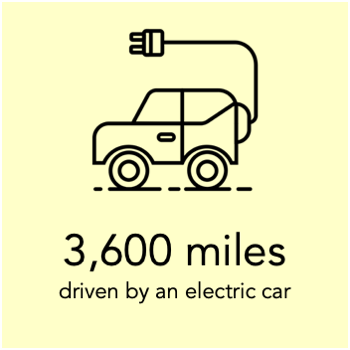



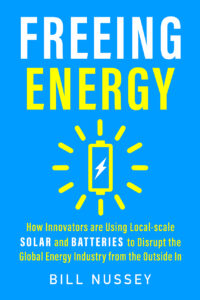


2 Responses
What is the average cost per kW installed of a solar PV system in these United States?
This post really opened my eyes to the significance of a megawatt-hour! It’s fascinating to think about how that amount of energy can power so many homes or even charge electric vehicles. I never realized the potential impact on sustainability and energy efficiency. Thanks for sharing these insights!